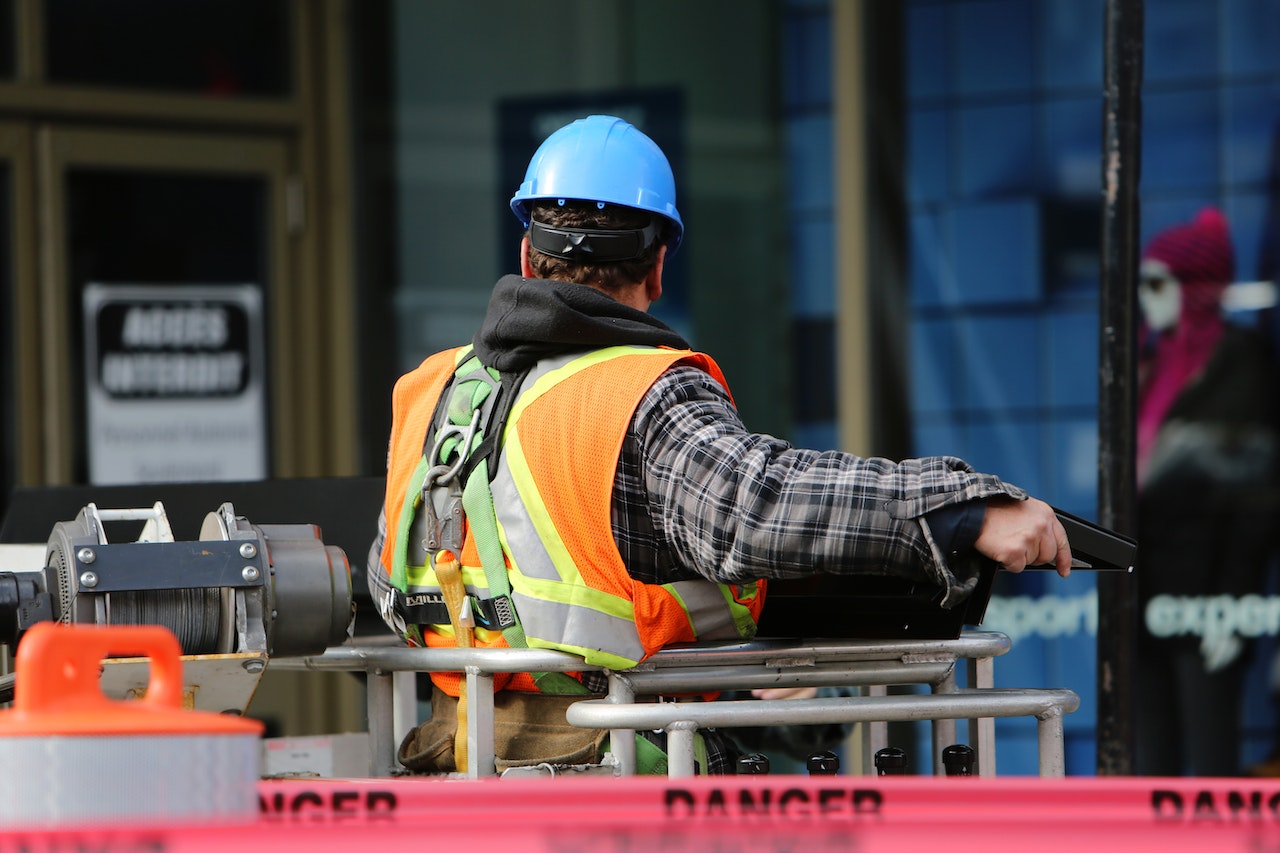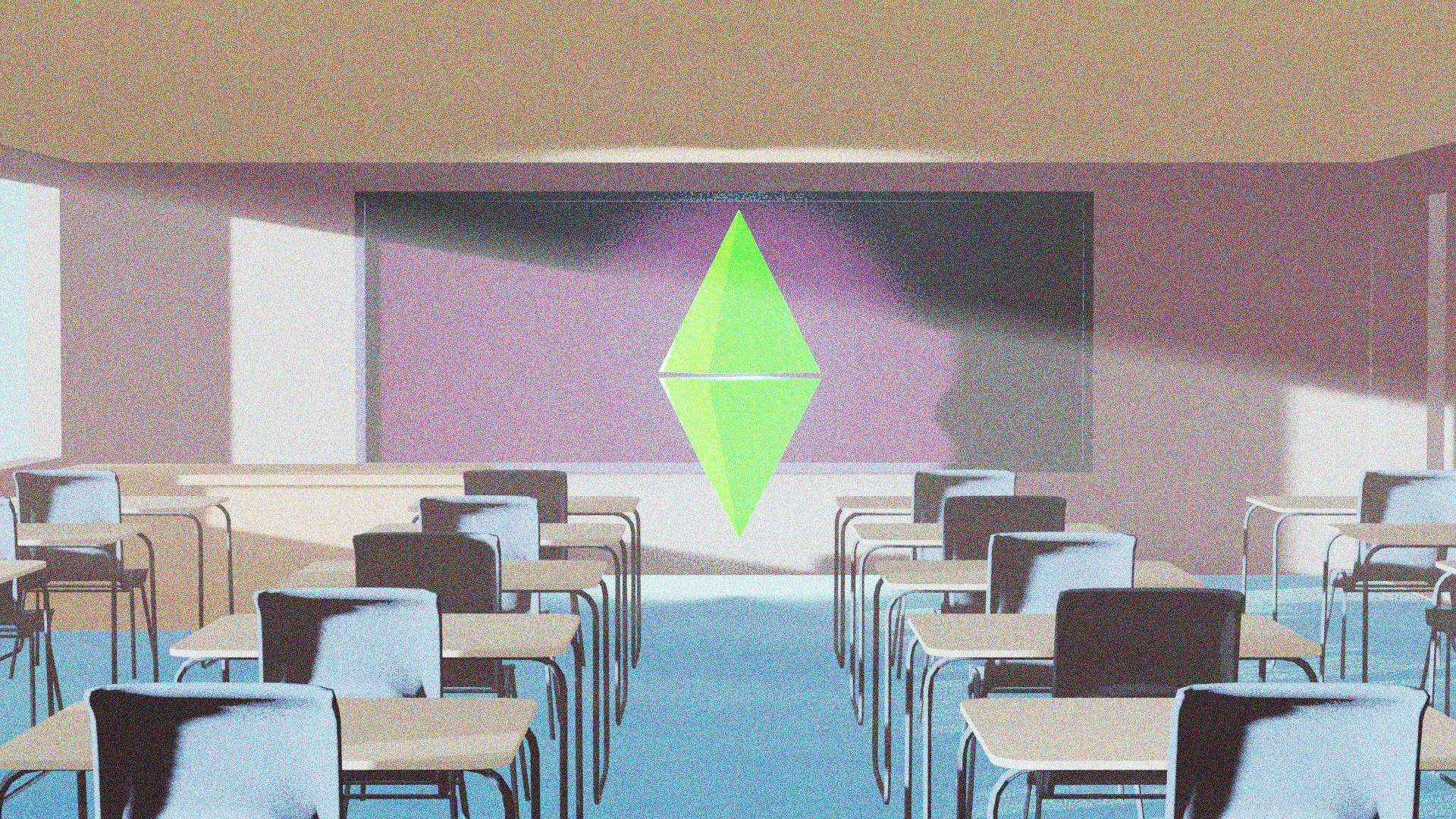We live in a complex time, Covid-19 has separated us and changed how we live. As the last couple of years have shown, we have persevered and stuck together. Technologies that keep us social, connect us with work colleagues and teach us in virtual classrooms have been vital in this time.
We send messages, images, videos of ourselves and our ideas to each other. However when I am discussing the potential of 3D and immersive technologies, people feel that 3D technology is an magic black box for engineers or game development and costly to bring in the classroom. Witnessing the evolution of immersive technologies over the last decade, I wanted to highlight how 2023 has made it more accessible to teachers and students than ever.
What is Interactive 3D?
“Interactive 3D is the ability to interact with the digital world the same way you do with the real world. Interactive 3D experiences can take many forms—from dynamic web-based experiences to fully immersive VR/AR/MR experiences, all of which fall under the term XR.” – Unreal Engine
I like this definition as it is not focused on technology, it’s about pedagogy first, and how we interact with this content. The computing power of our devices allows us to build and view 3D content in real time. The quality is close enough to a traditional rendering pipeline. like watching a Pixar film, however it doesn’t take hours to render a single frame.
Virtual Reality (VR), Augmented Reality (AR) and Mixed Reality (MR) do get a lot of attention as the way forward for immersive technologies, especially the headsets that go behind running these experiences. In 2023, the cost is coming down for these technologies, and companies like Microsoft, Meta (facebook) and HTC are competing to create the first widely adopted consumer XR device. However smartphones and web technology has improved a lot in this space too and are capable of showing Interactive XR and 3D experiences.
This allows us to leverage the technology of our students or in the classroom. We can focus on using 3D and the interaction as a value add in the classroom.
Why Now?
Well, not “now” now. Over the last decade, 3D technology is more accessible than ever before. With the rise of affordable devices, such as smartphones and tablets, students can now access 3D models and interactive learning experiences from the comfort of their own homes. Additionally, the creation of 3D assets has become increasingly more accessible with software like Blender 3D, which is a free and open-source 3D creation suite.
It’s important that while the accessibility of 3D technology has greatly improved, creating 3D assets still requires a certain level of skill and expertise. Educators who want to create their own 3D models will need to invest time and effort into learning the necessary software and techniques. Fortunately, there are a variety of online platforms and communities where educators can acquire 3D models from, such as Sketchfab. Also many of these communities offer resources and tutorials on 3D modeling and design, allowing educators to improve their skills and understanding on developing 3D learning material for the classroom.
This accessibility of 3D technology and creation tools opens up a world of possibilities for educators, allowing them to deliver interactive and immersive lessons that can help students understand the material.
What is interactive 3D good for?
Source of truth
3D objects can be easily distributed through various digital online platforms. Like sending an image or a URL link, They can be easily shared allowing educators to provide students with interactive, hands-on learning experiences, regardless of their physical location.
By utilising 3D models as a source of truth for teaching concepts, educators can expose students to subject matter in a way that was previously impossible. This can be especially beneficial when teaching abstract or complex concepts that may be difficult to convey through traditional methods. Additionally, using 3D models allows for enhanced engagement and retention of knowledge, as students can manipulate and interact with the model in a way that is not possible with traditional 2D illustrations or text.
Showing a different Perspective
Have you taken a photo but wish you could move a little more to the left. In reality you can move yourself and take another. 3D is similar in that we can move within 3D space however we are not limited to the physics of reality. We could scale down to walk on the surface of your skin or move through time to witness you grow from a baby to an adult. Abstract concepts like this can be visualised in 3D. However compared to images or video, the ability to interact allows for the user to examine and demonstrate knowledge.
For an industry example, I helped by visualising each step of installing reinforcement for a rail bridge (which was in front of the Sydney airport, very expensive if it went over time). They used the 4D construction sequence to critique and collaborate the best way to install it between all stakeholders. The end result being they did the project with time to spare.
This experience has highlighted how group collaboration using Interactive 3D creates a frame for the discussion. It is an engaging experience to witness as individuals draw on their experiences to ask questions about the 3D content to build a consensus within the room.
Non-Linear Framework Understanding
Reading a textbook, we go through line by line to discuss a concept, however some concepts need you to understand paragraph four before the first paragraph. Even still it might take a couple of tries to get the concept to stick. When people approach Interactive 3D, they are drawn to different parts of the asset. They could look at the left side, up at the ceiling, at the funny red thing on the dial or the rock in the corner. However they are drawn to something that interests them, and we can leverage that curiosity.
Interactive 3D assets can have key points of interest (POI) with extra text, images, video information describing what they are attached to. So people in the experience are learning what is interesting to them. Then this content can direct the person to other POIs in the experience leading them on an engaging learning journey, in their own way.
Alternatively this content could be short bite size pieces that lead to external information through an url link, then the person to go in depth in the subject matter of their choosing. This builds a framework of knowledge and where they learn the big picture and fill in the gaps of knowledge.
If you have specific hardware that students can’t have full time access, or even In a reverse classroom. Giving students access to a 3D asset of the subject matter builds understanding before the class. As you are teaching, they already have a knowledge base that you are activating and are adding too.
Multi-Sensory Learning
We all have a way we like to learn, myself personally would prefer a YouTube video and grab the tools to give it a go. I know I am a kinaesthetic/visual learner vs auditory or written learning styles. As educators, our goal is to set up our students to be lifelong learners, to find out how they learn and what materials suit them best. Compared to traditional media that targets one or multiple of these learning styles, Interactive 3D has the ability to use all four core learning styles in an experience. Allowing the user to learn in their preferred way.
A nice tool was Bartle’s player types (Hearts, Clubs, Diamonds, Spades: Players Who Suit Muds, R Bartle) when I worked in the game industry. It’ s a gamification theory based on multiple player types and their motivations that we could see playing our game. Best game design practice is to design interactions so they would target multiple player types. As players may not like all the interactions, there is a greater chance that they would like the experience more then specifically targeted interactions limiting the chance to try new things. This idea has followed me through creating visualisations and now in education. The person is the player and I give them the tools to interact with the 3D space.
In the Interactive 3D experience, there is the 3D asset, however supplementary information is also provided through auditory instruction, text panels, video callouts or in world symbols placed in the space. They will gravitate to what they know, however have the choice to experience other ways of learning.
Explorable Environments
With the technology, we can capture and share environments that previously would be inaccessible to our students. Above is a stalactite that is based at Camoo Caves, behind a lock metal door and about 40m underground. I know as we scanned this from being invited along with a student field trip to the caves. Now that we have this asset, we open up the accessibility to remote students who would never have the opportunity to go to the caves. However this isn’t just for present spaces.
We can use the technology to create future spaces to get student feedback on their experience, show historical places to highlight how it was and what the potential impacts we have in an environment. We can put the student in someone else’s shoes and they can form their own conclusions and understandings from different perspectives.
Consequence Free
We all strive to make students industry ready. However, learning a task that has the potential dangers can be difficult. Using interactive 3D, we can create an environment where the student can learn the procedure without the risk of the consequences. They can go through the experience repeatedly to build confidence. if they were unsuccessful, there is no harm and we can just reset the scenario.
This can mimic the physical environment and the student is observed by the instructor, and they can discuss the process. When the student is tasked to carry out the action, they are well equipped to handle the scenario.

How can you bring this into the classroom?
What can you do to bring interactive 3D to your classroom? It’s important to discuss this approach with fellow colleagues. By collaborating and sharing knowledge, you can identify gaps in learning and develop a plan to use 3D technology in their lesson plans. I would also recommend you search online platforms like Sketchfab for pre-made 3D models, Find assets that would be useful with the lesson and trail them with the students.
Using interactive 3D in the classroom can provide students with numerous benefits. By leveraging 3D technology, educators can create an immersive learning experiences that can help students understand complex concepts more easily. The increasing affordability of devices and accessibility of 3D software has greatly reduced the barrier to bringing 3D content to classrooms and online learning environments and will play a major part in education in the future.
Thank you for reading. If you are interested in learning more about the use of 3D and immersive technologies in education, please feel free to leave a comment. I am currently working on a variety of articles developing this body of knowledge, and I would be more than happy to discuss this further.
Thank you for reading, and if you found a part of this useful. Share so it can help others.
Also go come check out my channel on YouTube

